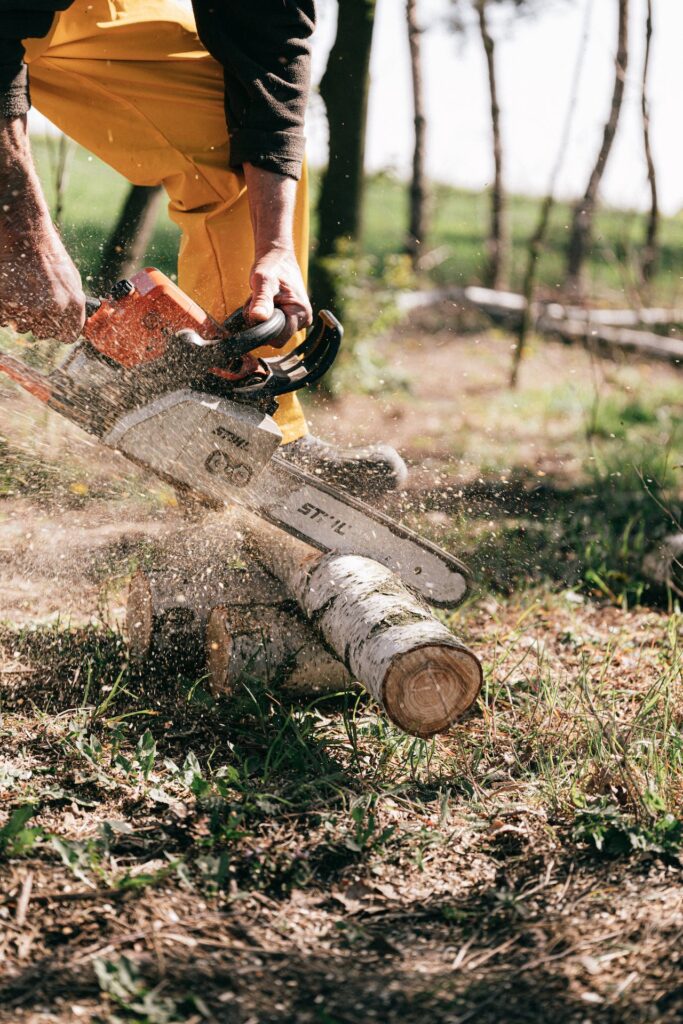
Admittedly, sustainability practices haven’t been perfected. Still, there are many practices that are more of a help than others. In particular, tree clearing, when conducted with sustainability in mind, emerges as a responsible and eco-conscious means of managing forests and natural landscapes.
Here are 3 reasons why.
Reforestation and Selective Cutting
It’s only practical to recognize that tree clearing when done primarily with the intention of sustainability, can be a responsible means of managing our forests.
Why? Often, a part of this practice is reforestation and selective cutting, 2 important things you want to do for sustainable forestry.
Primarily, it’s a good idea to combine tree clearing with reforestation efforts, which means that for every tree removed, new ones are planted to replace them. For instance, clear-cut areas are often replanted with native tree species, like the Douglas fir in the Pacific Northwest of the United States.
Similarly, sustainable forestry practices often involve selective cutting, where only mature or damaged trees are removed, as this helps to maintain the health and diversity of the forest. An example of this can be found in the management of oak forests in Europe, where older oak trees are selectively harvested to promote the growth of new saplings.
Reducing Invasive Species
Consider that tree clearing can play a pivotal role in combating invasive species, a crucial part of sustaining native ecosystems. Often, sustainable practices necessitate the removal of invasive species which ultimately contributes to the preservation of biodiversity.
For example, in Hawaii, where invasive species like the Miconia tree threaten native flora, practical efforts necessarily include the systematic removal of these invaders to safeguard the native plant communities.
Plus, often, the removal of invasive species through tree clearing means the restoration of the ecological health of an area. An illustrative example can be seen in New Zealand, where possums, an invasive species, are controlled, allowing the regeneration of native forests and the recovery of bird species.
Fire Prevention and Management
It’s important to acknowledge that controlled tree clearing is a valuable means of mitigating the risk of wildfires, especially in fire-prone regions.
For instance, in California, the creation of wide firebreaks through the removal of excess vegetation has been a means to protect both forested areas and residential communities from catastrophic wildfires. Likewise in Australia, where bushfires are a recurring threat controlled tree clearing is sometimes employed.
At its core, sustainability is many different practices that ultimately make a stronghold of safe practices for the good of the planet. And being aware of all the different practices is in itself a way to help. When it comes to tree clearing as a controlled practice done by professionals with the right tools, it means things like reforestation and selective cutting, foiling invasive species, and safety from fire.